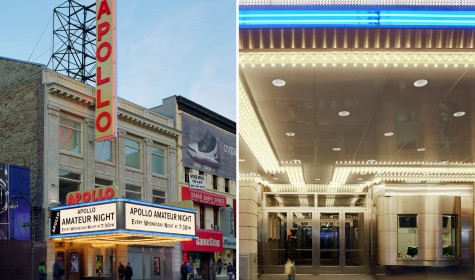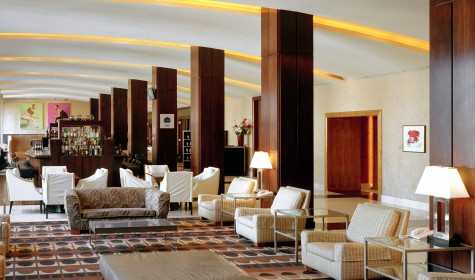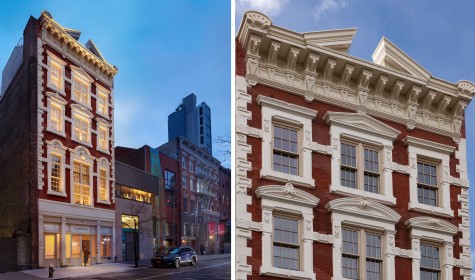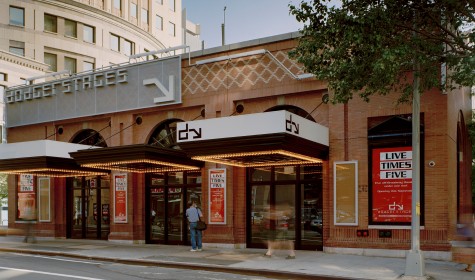The Historic Times Square Theater Prepares for Its Second Act
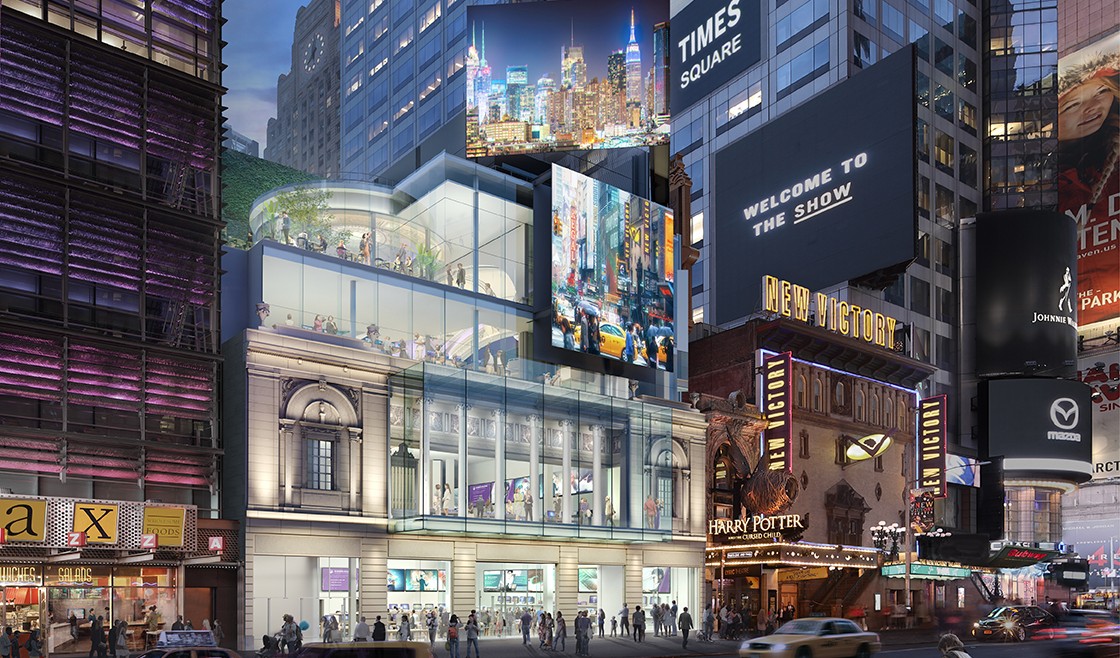
An article in Metropolis chronicles the reuse of the Times Square Theater, the last of the historic theater renovations on New York City’s 42nd Street.
November 26, 2018
by Bridget Newsham
Over the last decade, a wave of revamps, reconstructions, and adaptations have transformed several historic theaters lining Manhattan’s famed 42nd Street, ranging from the consolidation of the Apollo and Lyric Theatre, to moving the Empire Theatre an entire block over.
There is, in fact, just one remaining theater on the block awaiting renovation and it’s now getting its due. The New 42nd Street, a nonprofit formed in 1990 to preserve and re-envision the famous block, has tapped historic preservation gurus Beyer Blinder Belle to overhaul the Times Square Theater and usher it into the 21st century.
Designed in 1920 by architect Eugene de Rossa, the neoclassical theater includes a gorgeous selection of ornate plaster details throughout its walls and ceiling. The space features a proscenium arch separating the viewing area from the stage, a massive plaster dome, and four elaborately decorated box seats. But these lavish details likely contributed to the Time Square Theater’s decline: the space suffered from a poor layout (with partial or non-existent sight lines for the audience) and had very little back-of-house space. It finally shuttered more than 30 years ago.
With this history in mind, Stillman Development International—the development company overseeing the renovation—and the architects from Beyer Blinder Belle knew they wanted to do something completely new. They saw potential in the building and the block for a gleaming modern retail space that showcased the beautiful historic elements, but provided a clean slate for a contemporary brand experiences.
When work gets seriously underway (ground just broke on the project this month), historic plaster elements will be removed from the space to be cleaned, preserved, and later integrated into the new building. The front facade, made entirely of Indiana limestone, will then be separated from the building and hydraulically raised five feet off the ground. “We wanted to improve the presence of the building on the block. It’s such a grand exterior but sits low in comparison to the rest of its surroundings,” says Armen Boyajian of Stillman. Once the historic facade is successfully stabilized, the remainder of the building will be completely demolished, in part because of structural problems with the existing building and the high cost of rectifying them.
The new building will be what the developers and architects refer to as a “modern white box for multiple types of experience.” The 52,000-square-foot main interior volume will rise to 100 feet and include four separate floors. One of the project’s most dramatic moves will be a 23-foot-tall glass box that cantilevers beyond the original facade from the second floor. The freshly-cleaned plaster elements will be reintegrated into the interior, but at closer levels so patrons can enjoy the works more intimately.
“We liked to say that we respect the historical elements and let them be as they need to be with any new construction completely new and modern vernacular,” said Margaret Kittinger of Beyer Blinder Belle. “How else can you really appreciate something that is old if you don’t give it some contrast with something that is new or different?”
The new building will also include two separate outdoor spaces that will look over the historic street.
The reborn Times Square Theater is projected to be completed in two years. With the uncertainty of who will move into the space, the designs are bound to shift slightly depending on the tenant’s needs, but one thing’s for sure: Come 2020, the Time’s Square Theater will no longer be the ugly kid on the block.
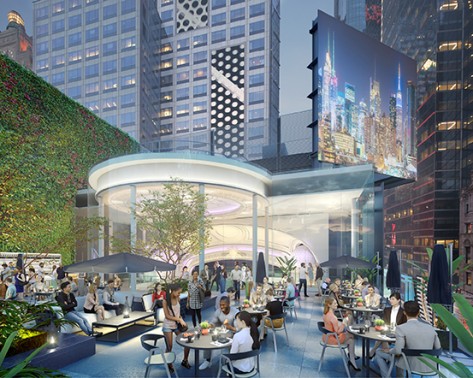
Fourth Floor Roof Terrace
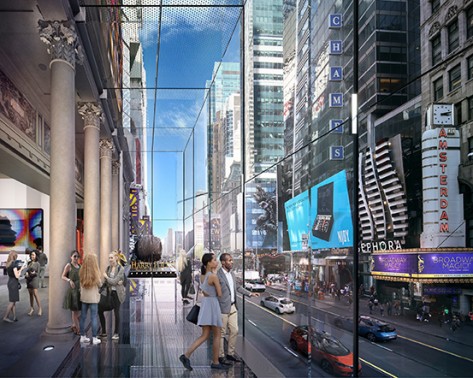
Second Floor Glass Overlook
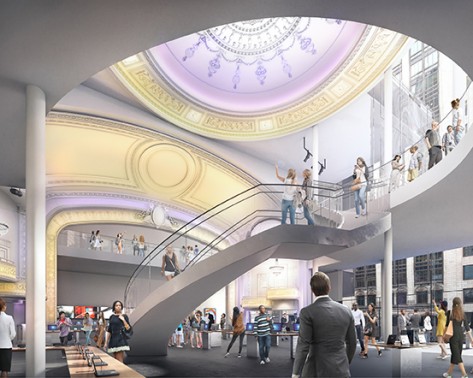
Third and Fourth Floor with Relocated Historic Plaster Dome, Proscenium, Sail Arch, and Side Boxes with Canopies
